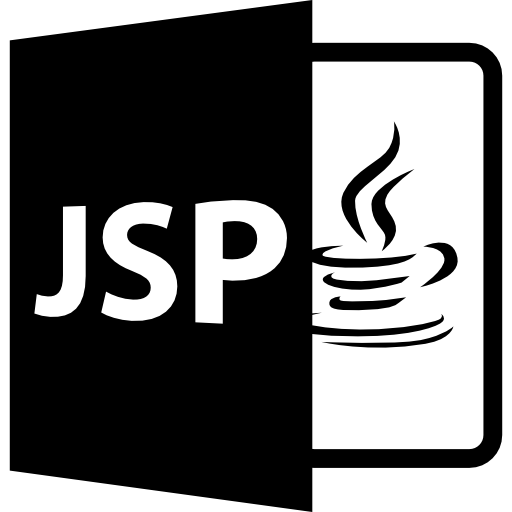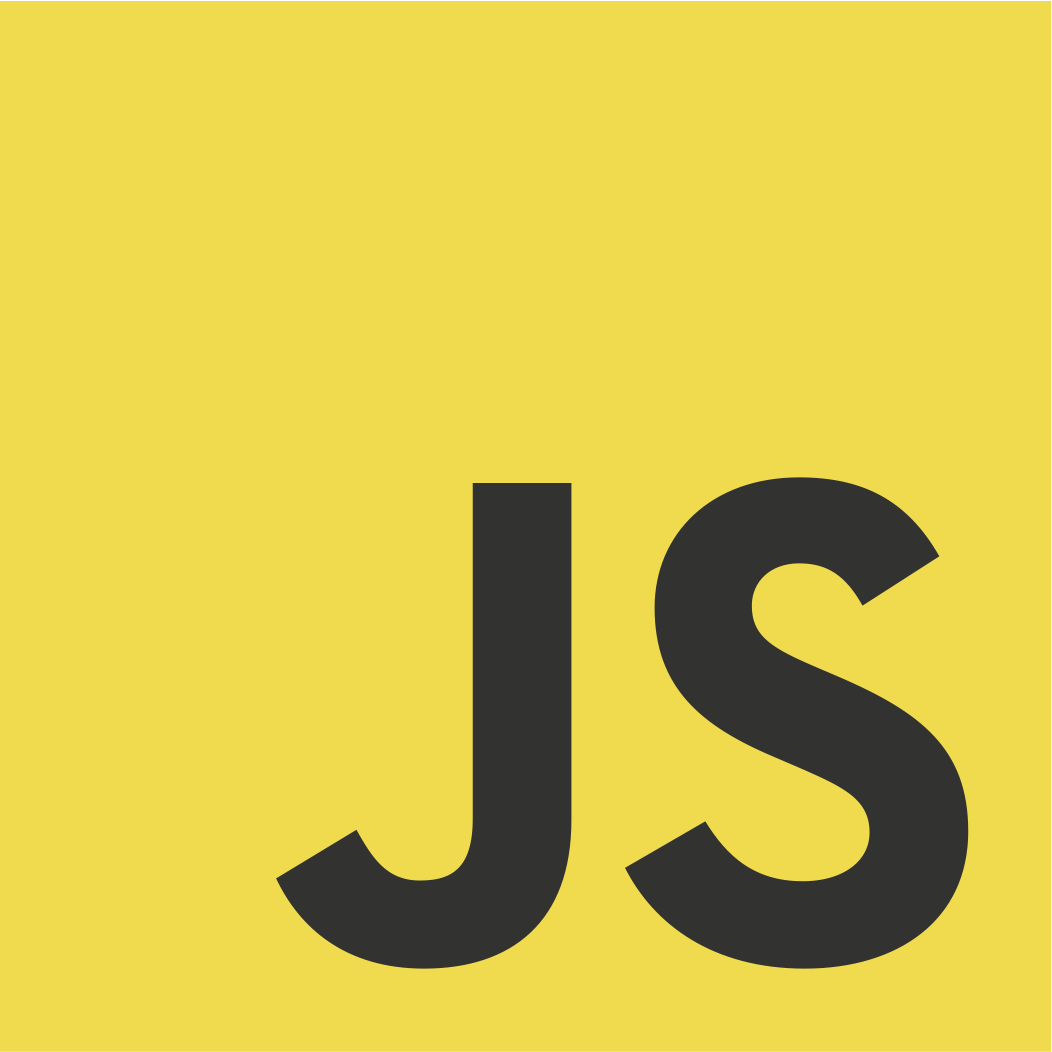Java Full-Stack Development is a highly sought-after skill in the IT industry, combining both front-end and back-end development expertise using Java technologies. A Java Full-Stack Developer is responsible for designing, developing, and maintaining web applications, working with various frameworks and tools to create dynamic and responsive applications.
The Java Full Stack Development Course is a comprehensive, hands-on training program designed to make you proficient in both front-end and back-end web development using Java and related technologies. This course is perfect for aspiring developers who want to build complete, scalable, and responsive web applications from scratch.



























